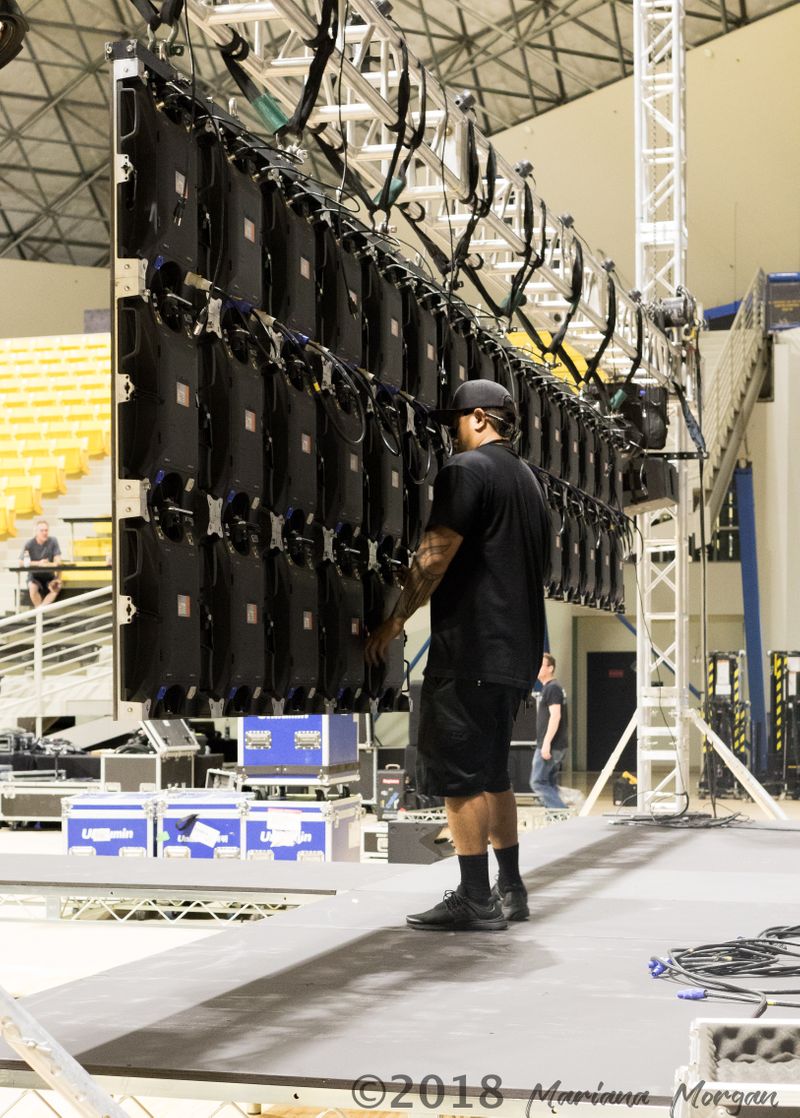Clarifying LED Panel Panel Luminance Evaluations to Peak Visual Effectiveness
Clarifying LED Panel Panel Luminance Evaluations to Peak Visual Effectiveness
Blog Article
LED wall panels are increasingly popular in various settings, from homes and commercial spaces as well as communal spaces. These screens tend to be recognized due to their bright and dynamic visuals, that render these ideal for conveying information, advertisements, and entertainment. Nevertheless, comprehending brightness illumination levels for Light Emitting Diode panel panels is crucial to guaranteeing ideal display performance. Illumination can be quantified using metrics known as nits, which show the amount of luminosity produced by a panel. A higher the number in candelas, the more luminous a visual will be. For, example, a panel with 1,000 nits is significantly brighter than a featuring 500 nits, making it more suitable for brightly lit settings.
As you choosing an LED wall panel, it is important to consider the environment where that the screen will be placed. For well-lit illumined spaces, like retail environments or outdoor settings, a higher brightness rate becomes essential for guaranteeing clarity. On the other hand, in darker environments, such as theaters or meeting spaces, lower diminished illumination rate might be adequate. This is bright unnecessary luminosity in a dark environment may result to discomfort among the audience, causing them harder for concentrate on the display. Therefore, understanding the specific requirements of an setup site will help in choosing the right brightness level to ensure ideal visual experience.
A further crucial element for take into account the website here contrast differential proportion in an Light Emitting Diode panel panel. The contrast ratio measures the difference exists between the most luminous light versus the darkest black shade which the panel is able to create. An higher contrast ratio means that it is capable of present greater clarity as well as richness, thereby improves general image quality. For instance, a panel boasting an differential proportion of 10,000:1 is able to display images with more brilliant hues as well as sharper details compared to one featuring a proportion of 1,000:1. This is particularly important when displaying visuals and motion graphics that require high definition as well as detail, including slideshows and promotional content.
Moreover, the technology mechanism that drives LED wall screens has an essential role in their brightness and overall efficiency. Various kinds of LED methods, including Organic Light Emitting Diode and LCD, have unique characteristics which affect how luminosity is experienced. OLED panels often provide better contrast as well as deeper shades, thereby can enhance the visual experience within darker environments. Conversely, standard Light Emitting Diode panels may be more suitable for bright spaces because of their ability for generate higher levels in illumination. Comprehending such technological differences will help users in deciding on knowledgeable choices according to specific specific needs.
In conclusion, regular maintenance and calibration for Light Emitting Diode wall screens may help maintain ideal illumination and performance over time. Dirt and dirt may build up on a screen, affecting its illumination and sharpness in the visual. Regular washing as well as professional adjustment may try these out ensure the the panel functions at its optimal, providing consistent visual clarity. Additionally, certain sophisticated LED panel panels come built-in built-in options which allow users to modify illumination levels and hue adjustments according to their preferences. Through implementing such steps, users will guarantee that LED Light Emitting Diode wall screens deliver the best visual performance, regardless of where setting in that they are used.
